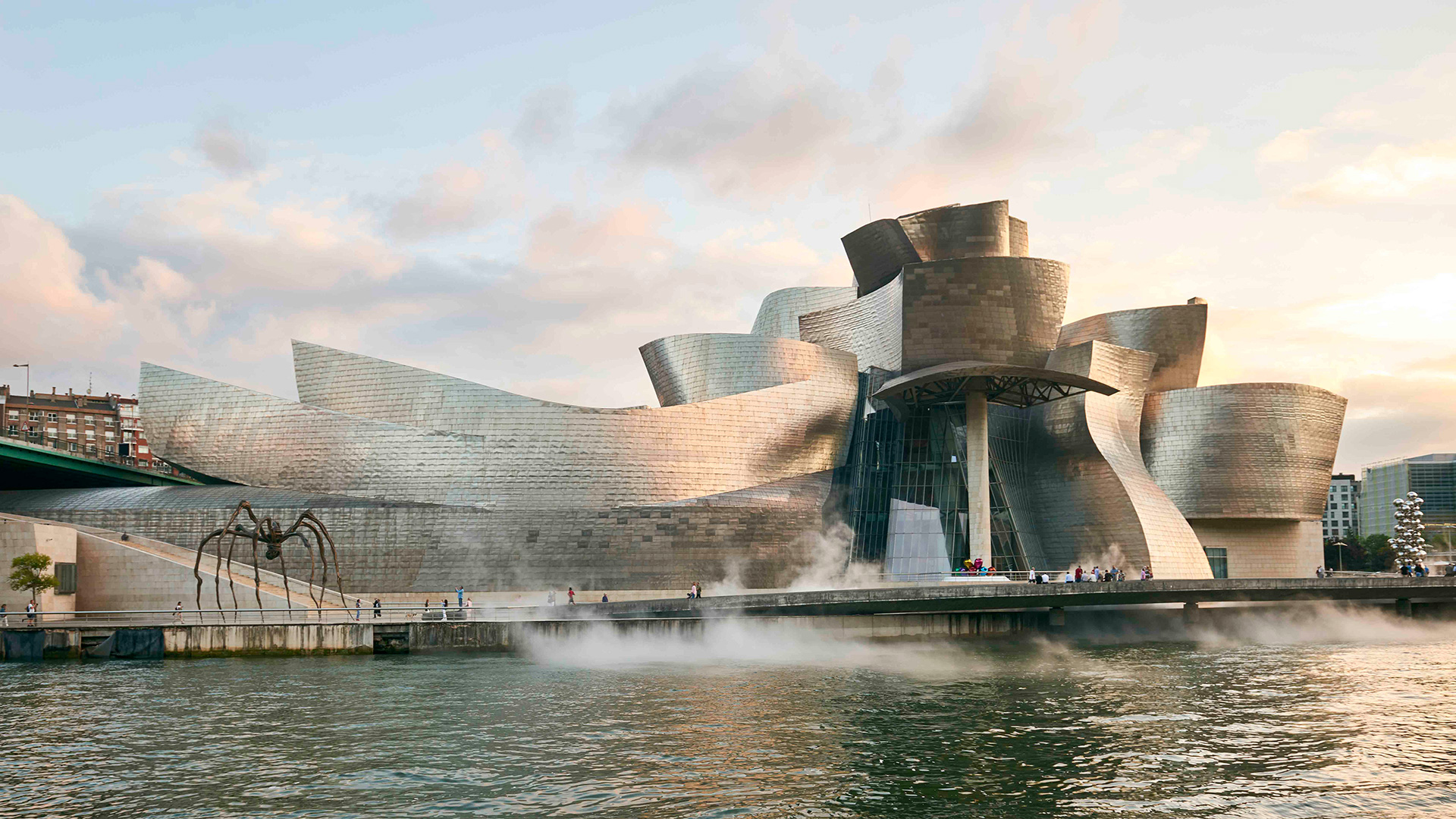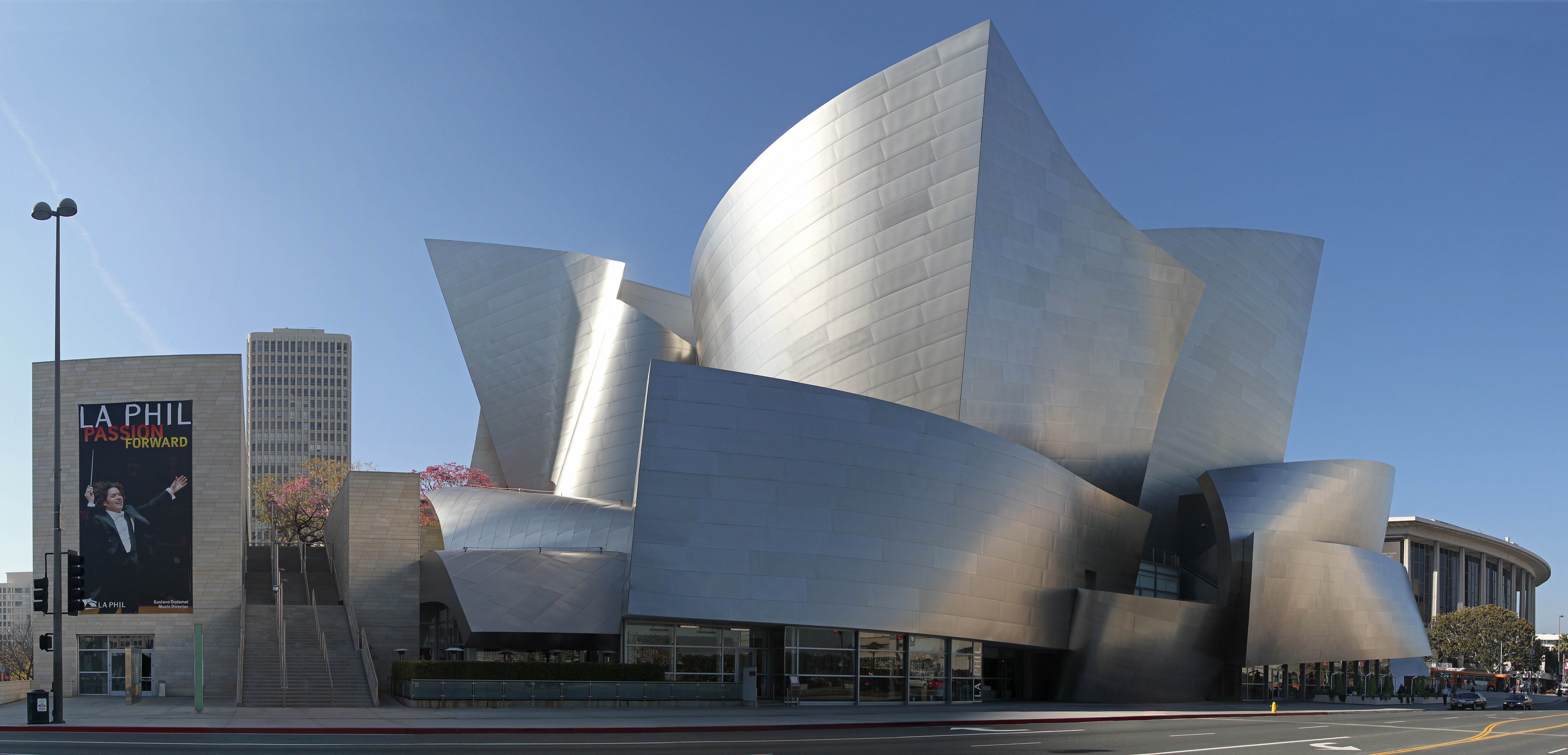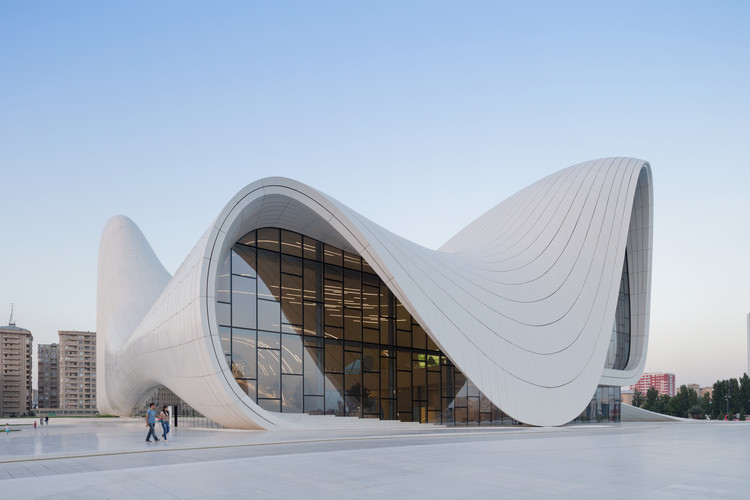 |
||||
|
Deconstructivism
By Chaz G. T. Patto - June 2023. Deconstructivism emerged in the late 1980s as a provocative architectural movement that challenged conventional notions of form, function, and spatial organization. Rooted in postmodernism and influenced by the philosophical theories of deconstruction, this avant-garde style introduced fragmented geometries, distorted shapes, and a sense of disorientation to the architectural landscape. This article delves into the history of the deconstructivist architectural movement, tracing its origins, key proponents, design principles, and its impact on the field of architecture. Origins and Influences: Deconstructivism finds its theoretical foundation in the work of philosopher Jacques Derrida, who developed the concept of deconstruction. Derrida's theories questioned fixed meanings and hierarchical structures, advocating for the exploration of contradictions and multiplicity. In the architectural realm, the movement drew inspiration from the deconstructive theories of theorists such as Jacques Derrida, Paul Virilio, and Jean Baudrillard. Key Proponents: The emergence of deconstructivism as an architectural movement can be attributed to the work of several prominent architects. One of the leading figures in the field is the duo of Peter Eisenman and Jacques Derrida, who collaborated on various projects and shared a mutual interest in deconstructionist principles. Other notable architects who contributed to the movement include Frank Gehry, Zaha Hadid, Daniel Libeskind, Rem Koolhaas, and Bernard Tschumi. Design Principles: Deconstructivism is characterized by a set of design principles that break away from traditional architectural norms. These principles include:
 Famous Examples Three of the most famous examples of Deconstructivist buildings are:
The Guggenheim Museum Bilbao, completed in 1997, is widely regarded as one of the iconic landmarks of Deconstructivism. Its dynamic and sculptural form, composed of curved metallic surfaces and intersecting volumes, challenges traditional notions of architectural geometry. The museum's titanium-clad exterior and its complex interior spaces create a visually captivating and experiential environment, establishing it as a symbol of Bilbao's urban and cultural revitalization.
Designed by Frank Gehry and completed in 2003, the Walt Disney Concert Hall in Los Angeles is another remarkable example of Deconstructivist architecture. The building's gleaming stainless steel exterior features undulating and fragmented forms that evoke a sense of movement and fluidity. The interior spaces, designed to enhance the acoustic experience, showcase intricate detailing and a dynamic spatial arrangement, making it an architectural and cultural icon in the city.
The Heydar Aliyev Center, completed in 2012, is a striking architectural masterpiece designed by the renowned architect Zaha Hadid. Located in Baku, Azerbaijan, the building's fluid and curvilinear form defies traditional notions of architectural geometry. The seamless white surfaces sweep and undulate, creating a sense of continuous movement and organic flow. The interior spaces are characterized by dramatic spatial arrangements and natural light, offering a dynamic and visually captivating experience for visitors. The Heydar Aliyev Center showcases Zaha Hadid's signature style and exemplifies the innovative and sculptural qualities of Deconstructivist architecture. Impact and Legacy: The advent of deconstructivism marked a significant shift in architectural discourse, challenging the dominant modernist and postmodernist paradigms. It opened new avenues for architectural exploration and expanded the boundaries of design. Deconstructivist architecture has had a lasting impact on subsequent architectural movements and continues to inspire architects around the world. Although deconstructivism remains a polarizing style, it has undeniably left an indelible mark on the architectural landscape. Iconic structures such as Frank Gehry's Guggenheim Museum Bilbao, Zaha Hadid's Heydar Aliyev Center, and Daniel Libeskind's Jewish Museum Berlin exemplify the visual impact and conceptual depth of deconstructivist architecture. The deconstructivist architectural movement emerged as a radical departure from traditional design principles, offering architects the opportunity to challenge conventions, question spatial hierarchies, and provoke dialogue. Through fragmentation, distortion, and conceptual exploration, deconstructivism has created visually striking and intellectually stimulating architectural expressions. Despite its divisive nature, the movement's influence on architecture remains profound, shaping the field and inspiring new generations of architects to push the boundaries of design.
|
|
|||
|
|
||||
|

Why is Deconstructiivism considered to be a failed architectural style?By Chaz G. T. Patto - June 2023. Deconstructivism is a highly controversial architectural style that emerged in the late 1980s. It is characterized by fragmented forms, distorted shapes, and a sense of disorientation. While some architects and critics embrace deconstructivism for its bold and unconventional approach, others consider it a failed architectural style for several reasons:
It's important to note that the perception of deconstructivism as a failed architectural style is subjective, and opinions vary within the architectural community. While some view it as a creative and innovative approach that pushes the boundaries of design, others argue that its shortcomings outweigh its merits when considering the fundamental principles of architecture. The public's dislike of deconstructivist architecture can affect a building's reputation as a tourist attraction. Here are some reasons why this is an important issue and why organizations should think twice about choosing Deconstructivism as an architectural style:
Final Thoughts When all things are considered, choosing Deconstructivism as an architectural style for a major building, especially one that is meant to be a tourist attraction, can be a huge negative. While it worked well for the Guggenheim Museum Bilbao initially, for the majority of buildings Deconstructivism has actually had a negative affect in the long run. It is, effectively, like a pretty little apple being offered by an evil witch. Sure, it looks good initially, but it is poison to the public's perception of the building.
|
||||
